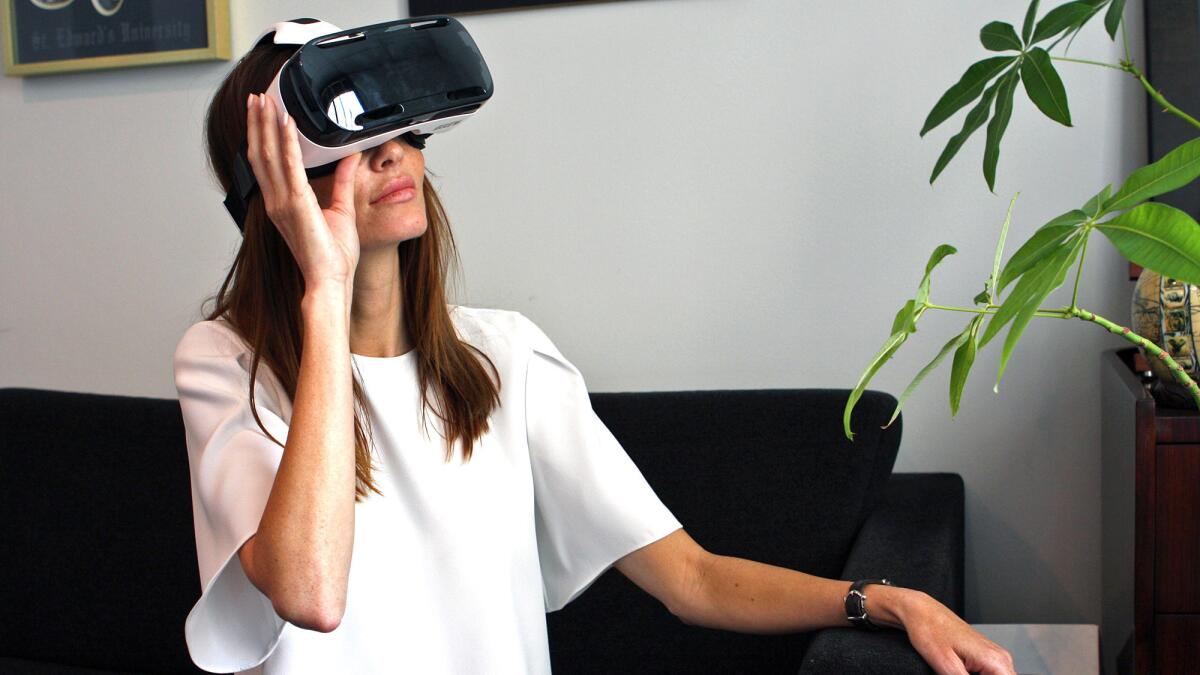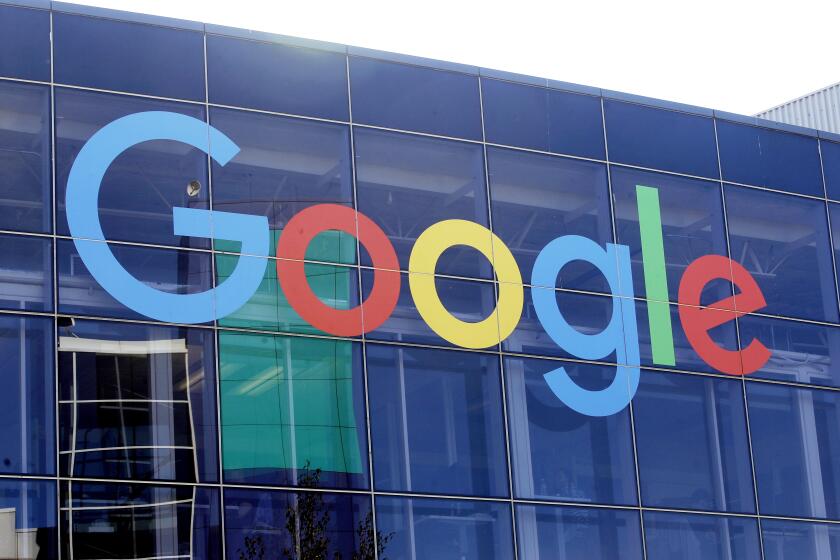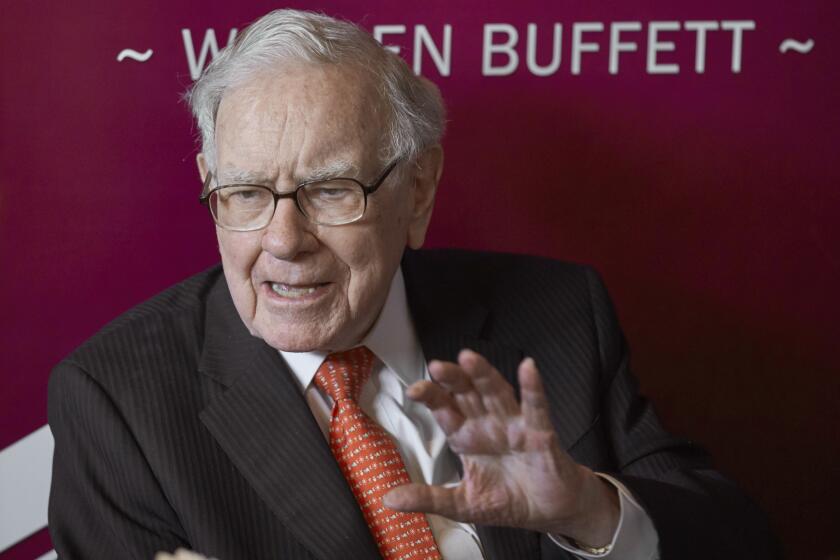Virtual reality homebuying is on the horizon

- Share via
Would you buy a home without ever stepping foot in it?
Thanks to virtual reality, prospective homebuyers can check out for-sale properties by viewing them through a headset — exploring faraway kitchens and bathrooms without ever leaving the couch.
“VR is the next natural evolution in terms of marketing real estate,” said David Scott Van Woert, account director at Transparent House, which has developed a virtual reality mobile app for home builders. “A lot of these companies are very tech-forward and always looking for, not only an edge over competition, but to stay current.”
This month, Brookfield Residential began offering virtual tours of model homes at its new San Marcos, Calif., home project using Transparent House’s technology. Transparent House recently received requests to bring the technology to individual homes in Beverly Hills and Palo Alto.
Although the technology began working its way into real estate circles early last year, this is probably the first time it will be used on a large scale in San Diego County and the first place Canada-based Brookfield is trying it out.
Brookfield spokeswoman April Harter-Enriquez said it is a way to get potential buyers interested in a project before models are ready to open. The San Marcos homes, for instance, don’t begin open houses until the spring.
“The home-buying process, in general, is a bit of a dinosaur at times,” she said. Brookfield “looked at VR technology to really change the homebuying experience by letting people get a taste of what the homes will be like before they are actually built.”
Users of the virtual reality tool put on a Gear VR head strap that wraps around the front of a person’s face and look at an application in front of their eyes running on a Samsung Galaxy S7 smartphone.
The user can “walk” from room to room in the house, into the bathroom, up the stairs and view details on the ceiling. By looking at targets placed in certain parts of the screen, the software knows to move users to a different location.
San Francisco-based Transparent House recently operated a virtual reality tour of San Francisco’s Shipyard, a master-planned community by developer Lennar with 12,000 homes and 1 million square feet of retail.
Van Woert said that to get the full experience, it is best to use a full immersion goggle set like the Gear VR, which costs about $100. Still, he said, the company often sends cardboard virtual reality kits that cost roughly $15.
To reach as many potential homebuyers as possible, Brookfield opted to showcase the VR tours at a mall.
There also is an incentive for real estate agents and companies to show properties as soon as possible, even if only virtually. San Diego County homes stayed on the market an average of 33 days in 2016, according to the Greater San Diego Assn. of Realtors. That was down from 39 in 2015 and 46 in 2014.
Jason Cassity, an agent with ISellTheCity real estate in downtown San Diego, said he thinks virtual reality will be the future in his industry. He’s eager to use the tech to show homes to clients.
“It is so helpful to buyers,” he said. “You could have someone sitting in Boise walk through your house, and it just does so much more than the photos can. It gives them a sense of how the layout feels.”
Cassity already pays about $300 a listing to conduct a 3-D map of properties through the Matterport platform. Right now, he said not everyone has a pair of virtual reality goggles sitting around, but at least distant buyers can walk through the 3-D-scanned properties.
Other agents and real estate groups have experimented with similar technologies. In late 2015, Redfin launched a “Live Video Tour” function that lets potential buyers watch as an agent walks through a property live-streaming it room by room.
For now, virtual reality might be cost-prohibitive. Van Woert said each project is different, but a single room can cost $20,000 and a larger project could run up to $100,000.
Molnar writes for the San Diego Union-Tribune.
phillip.molnar@sduniontribune.com
More to Read
Inside the business of entertainment
The Wide Shot brings you news, analysis and insights on everything from streaming wars to production — and what it all means for the future.
You may occasionally receive promotional content from the Los Angeles Times.










